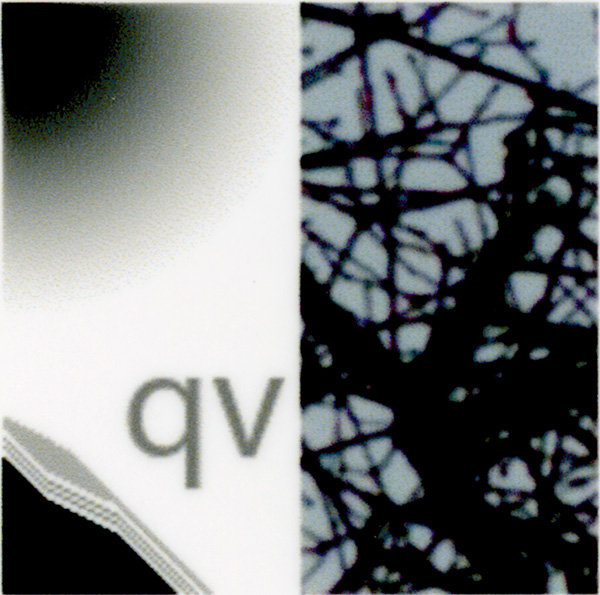My previous testing at 2880/1440 dpi didn’t show much more resolution than printing at 1440/720 dpi, but I thought I’d print out the resampling target sampled to 720 ppi with the printer driver set to 2880/1440 dpi to see if the smoothness was improved. I picked the “Finest Detail” option to force resampling to 720 ppi (thanks for the hint, John), so I did all the testing in this post with that option checked.
I first resampled the 240 ppi target to 720 ppi in Photoshop using bicubic interpolation printed at 2880/1440 dpi:

The resultant image is quite similar to what I got when I resampled the target to 360 ppi and printed it at 1440/720 dpi. The one-pixel lines are fractionally smoother, but the branches are about the same.
I next used QImage for the resampling to 720 ppi, picking the Hybrid interpolation method with the default sharpening, which is five. Here’s what I got when printed it at 2880/1440 dpi:
For comparison, here is the same image resampled the same way to 360 ppi, and printed at 2880/1440 dpi:
The letters are of little sharper at 720 ppi, the lines are somewhat smoother, and the sky is more even, but it’s very close. Some of the tones in the one-pixel lines are too dark in both images.
I performed the same experiment using the Hybrid SE resampling algorithm in QImage. Here it is at 720 ppi, 2880/1440 dpi:
And here it is at 360 ppi, 1440/720 dpi:
At 720 ppi the hybrid SE resampling does an amazing job of smoothing the one-pixel lines. However, here’s not much to choose between the photographic parts of the two pictures.
For completeness, here’s what happens when you let Lightroom resample to 720 ppi, and print it out at 2880/1440 dpi:
Pretty mushy, with pronounced mottling in the sky.
Conclusions: for real photographic subjects, 720 ppi, 2880/1440 dpi offers only marginal advantage over 360 ppi, 1440/720 dpi printing. If you have artificially generated elements such as text in your photograph, the higher resolution offers a visible advantage, especially if you use QImage’s Hybrid SE mode for the resampling.
Caveats: all of these experiments were performed on the Epson 3880. Other printers could produce different results. All of these experiments were performed using a modest resampling ratio; 1.5:1 in the case of the 360 ppi, 1440/720 tests, and 3:1 in the case of the 720 ppi, 2880/1440 prints. Other ratios could produce different results. I only used one test image. Other images could — you guessed it — produce different results. This last is a fairly serious hurdle. There’s a saying in the computer business: “There are lies, damn lies, and benchmarks.” The test image is a benchmark.





Leave a Reply